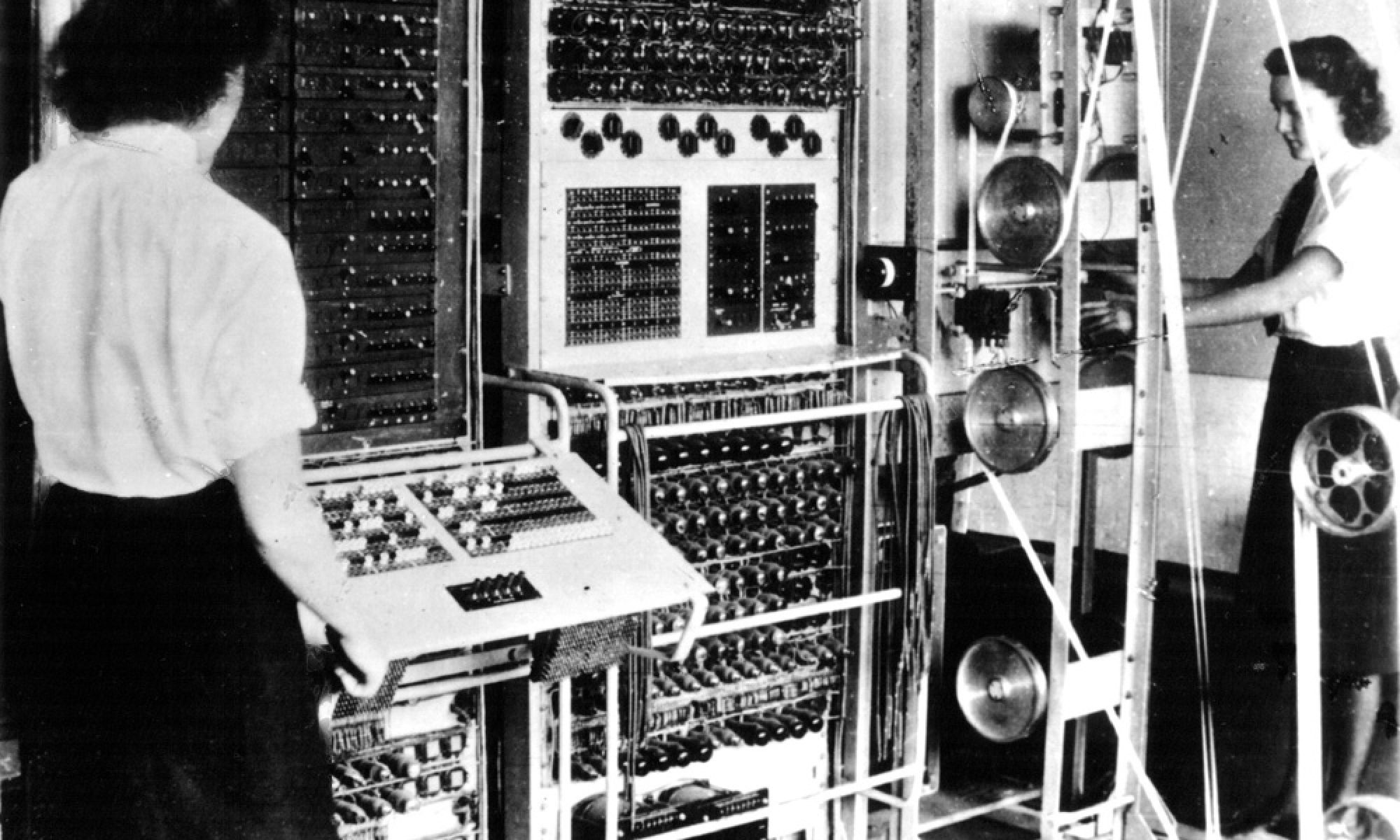Class began with a discussion about, Reinventing Knowledge: Chapter 4 “The Republic of letters”. As everyone gathered around in a circle, the look of stress and pure panic filled the room. After reading 40 dense pages of historical research, we all felt beaten down and a little lost. After analyzing questions like: Who was the attended audience? What was the authors’ diction and narrative style? We were able to get a better understanding of the chapter’s overall meaning. Although my fellow  classmates and I were getting a greater concept of the passage, we still had our reservations about the authors. The classroom was outraged by the two’s unrealistically high expectations of our historical knowledge and education. I mean really! Who the heck is René Descartes? If you’re gonna write a book intended for students, at least give a little background! After tensions dyed down, the class broke apart into pairs and explored a Stanford University website, that created a mapping of The Republic Letters. Each couple of students were assigned a case study to analyze. Julia and I observed the movement and evolution of Salons. Dating back to the 17th and early 18th century, Salons were parties of high-class intellects that discussed their research and findings. And if you were wondering, the parties at Scranton do not fit this definition 😉 . Next class we will further discuss our proposals and “Historical Research in a Digital Age: Reflections from the Mapping the Republic of Letters Project.”
classmates and I were getting a greater concept of the passage, we still had our reservations about the authors. The classroom was outraged by the two’s unrealistically high expectations of our historical knowledge and education. I mean really! Who the heck is René Descartes? If you’re gonna write a book intended for students, at least give a little background! After tensions dyed down, the class broke apart into pairs and explored a Stanford University website, that created a mapping of The Republic Letters. Each couple of students were assigned a case study to analyze. Julia and I observed the movement and evolution of Salons. Dating back to the 17th and early 18th century, Salons were parties of high-class intellects that discussed their research and findings. And if you were wondering, the parties at Scranton do not fit this definition 😉 . Next class we will further discuss our proposals and “Historical Research in a Digital Age: Reflections from the Mapping the Republic of Letters Project.”
Peace,
Ben
